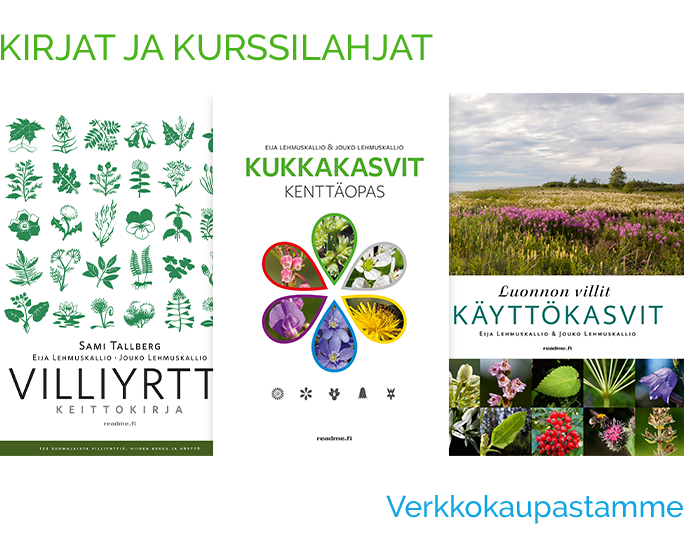Water Forget-me-not
Myosotis scorpioidesName also
True forget-me-not
Growing form
Perennial herb. Rhizomatous.
Height
15–50 cm. (6–20 in.). Stem ascending–erect, sometimes bristly, with runners, hair flush with surface, base rooting.
Flower
Regular (actinomorphic), 6–12 mm (0.24–0.48 in.) wide. Corolla blue, fused, wheel-shaped, 5-lobed, protuberances in throat of tube. Calyx fused, narrowly campanulate (bell-shaped), 5-lobed, lobes equilaterally triangular; hairs flush with calyx; Calyx approx. 5 mm long in fruiting stage. Stamens 5, filaments fused with calyx-tube. Gynoecium fused, single-styled, body longer than calyx. Inflorescence a scorpioid cyme, extending to become racemose; all flowers without subtending bracts. Flower-stalk hairy, after flowering around same length as calyx.
Leaves
Basal leaves stalked, stem leaves alternate, short-stalked–stalkless, stalk winged. Basal leaves usually withered by flowering time. Blade lanceolate–obovate, sometimes almost linear, with entire margin, both sides with hair flush with surface.
Fruit
4-parted schizocarp. Mericarps egg-shaped, glossy, brown, approx. 1.8 mm long.
Habitat
Shores, springs, ditches, damp meadows, rich swamps. Sometimes an ornamental.
Flowering time
June–August.
The forget-me-nots’ generic name Myosotis is Ancient Greek and means mouse-ear, which the small, hairy, round-tipped leaves undoubtedly in some fashion resemble. Water forget-me-not’s species name scorpioides on the other hand means scorpion-like, and is a reference to its inflorescence, which resembles the form of a scorpion’s tail.
Water forget-me-not is very diverse, and the species has been a difficult nut to crack for botanists. In Finland it has been divided into three variations: var. scorpioides, which grows in all of Finland except northernmost Lapland, var. praecox, which grows on coastal meadows by the Sea of Åland and the Gulf of Finland, and sometimes a third variation (var. laxiflora), whose habitat is not so well known. The variations differ from each other with respect to the hairiness of the stem and the size of the calyx lobes, corolla and carpel. Water forget-me-not is big for its species and therefore quite easy to identify. It looks very much the same as M. nemorosa, a rare plant whose hairs at the base of the stem and on the lower leaves grow downwards. Both are shore plants that favour continually damp soil. M. nemorosa is a rarity on shore-side meadows and flood-influenced forests in eastern Lapland; water forget-me-not’s gentle blue flowers are on the other hand common beside streams and ditches, even in dense cane-grass.
Taxonomy
Subfamily
CynoglossoideaeTribe
Myosotideae

